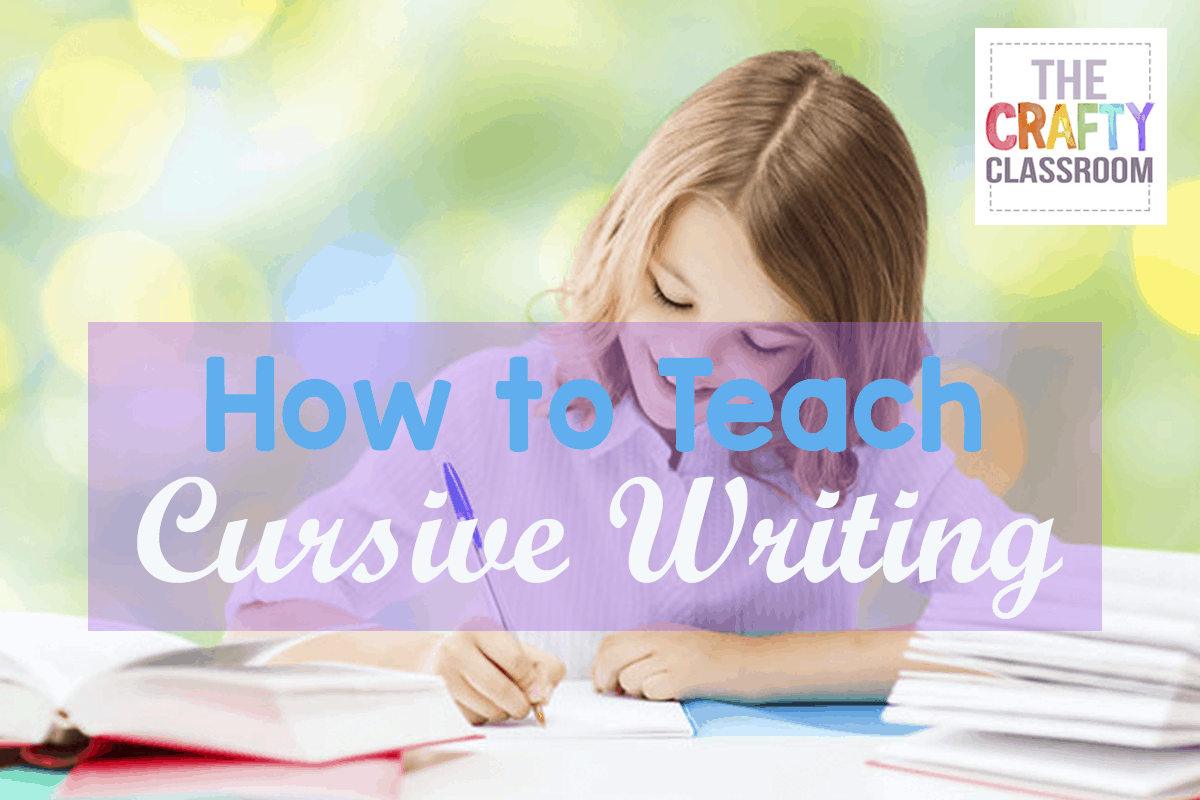How to Teach Cursive Writing
As homeschool moms, we teach our children so many things to give them the best education possible. Across the board, teaching cursive penmanship is a dying art. Many schools no longer teach cursive. However, it is a valuable skill that helps to build your brain and develop cognitive abilities. Cursive...





